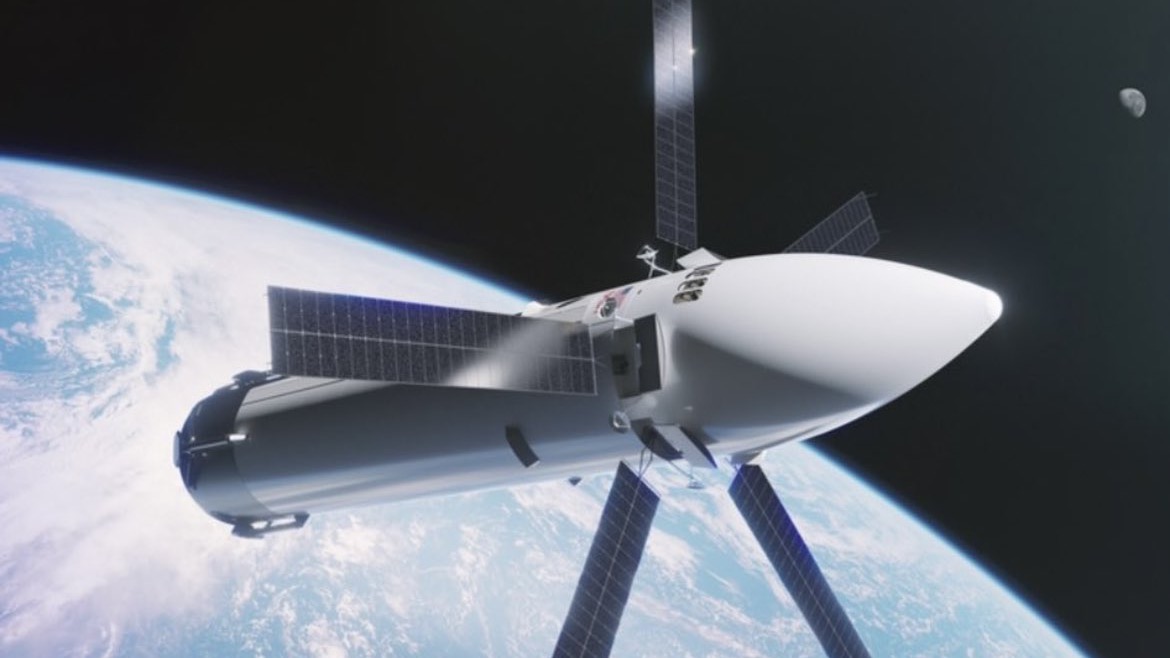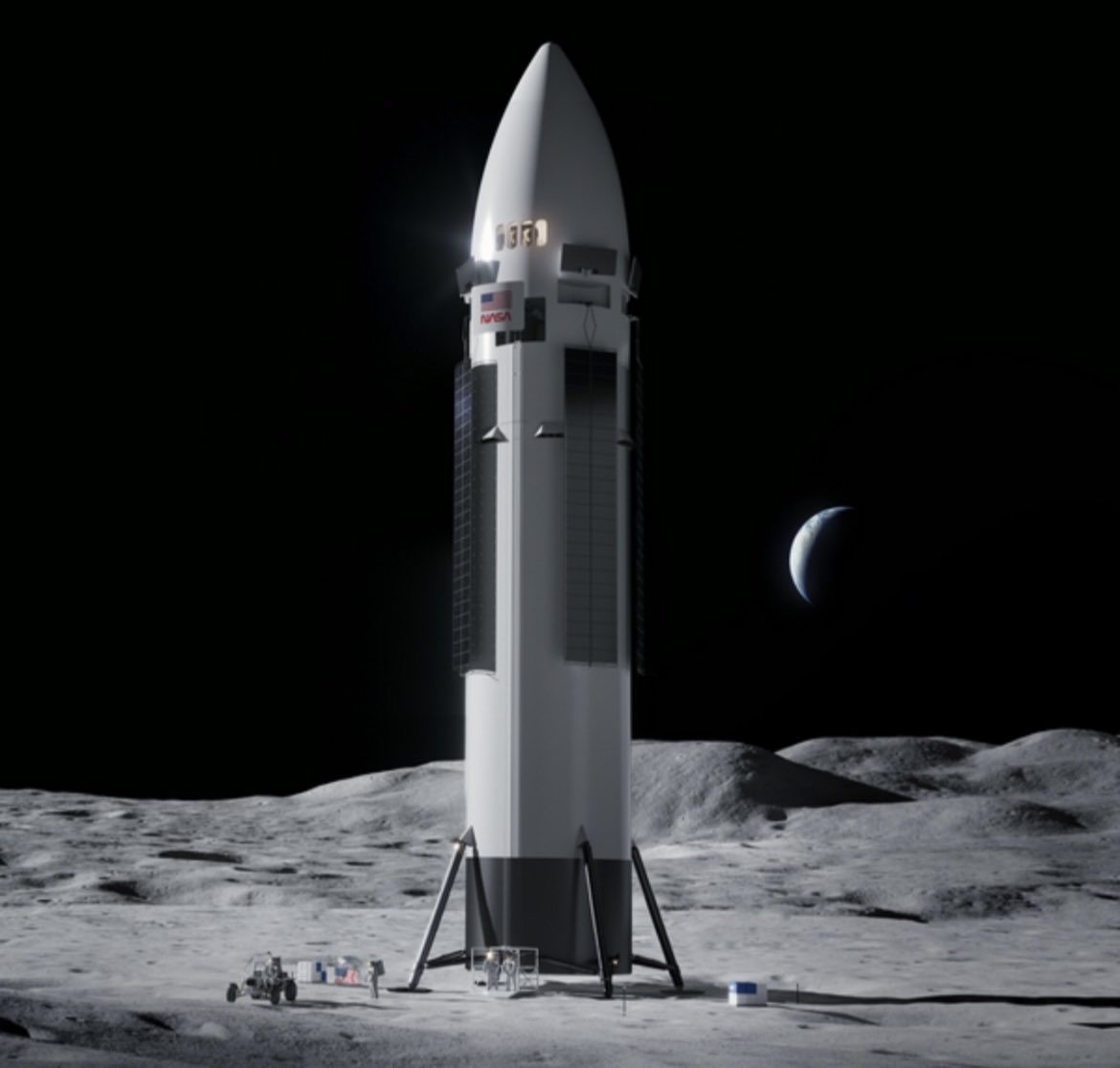
Most likely outdated renders of SpaceX’s Starship rocket in its Human Landing System configuration show a much more refined design that could show where the company is heading. Although their authenticity is not 100% confirmed yet.
Possibly new Starship HLS renders
David Willis (@ThePrimalDino on X) shared what he claims are new renders of SpaceX’s HLS variation of the Starship vehicle. We haven’t seen any updated look to what Artemis crews will land on the Moon with later this decade since NASA announced SpaceX’s contract in 2021.
The previous design showed a sleek, white rocket with integrated solar panels at the top. A design that would be really awesome to have in a perfect world but like all spacecraft, it’s usually not exactly possible, but it looks nice. This has been what we’ve been using when we discuss Starship landing on the Moon for NASA.
What’s different?
The new design, of which Willis told us is old but couldn’t confirm if it was outdated or not, shows a much more refined design. We can see three big changes to the rocket. First being the solar panels now being deployed from bays at the top of the rocket. While in flight, they can fan out similar to how most spacecraft do solar panels. Once landed on the Moon, the panels lower to be flush with the side of the lander.
The second noticeable change are to the landing legs. They are much smaller and look fixed in place. The original design showed larger, possibly retractable, landing legs. This new design could mean less weight than having the legs needing to retract into the body.
Finally, if these renders are real, it shows that SpaceX has repositioned the thrusters to be in several pods around the lander. These landing thrusters are higher up to reduce the about of disturbance they will cause on the lunar surface. Last thing you need when you’re landing are large rocks flying all around you.


Right: David Willis’ render he claims to be an updated version by SpaceX.
While we aren’t sure if these are real renders from SpaceX, they are of the same style and quality. The render of the Starship HLS landed on the lunar surface even has the same ground features and background as the original. There’s a good chance these renders could have been used for some sort of internal briefing with stakeholders like NASA but never released to the public.
Join our Discord Server: Join the community with forums and chatrooms about space!
What is the current status of SpaceX’s HLS Starship?
SpaceX and NASA haven’t shared a lot about the current status of Starship HLS but we have seen clues down in Starbase. By clues I mean, we’ve seen some nose cones with HLS written on them down at Starship’s production facility. Most likely meaning they’re mock ups of what the inside will be but that’s about it.
The only part of Starship’s HLS development we can really comment on is its launch vehicle and that has been quite slow. Earlier this year SpaceX launched its first fully integrated Starship rocket that made it almost to stage separation. Since then, the company has had to wait for regulatory approval for its next launch.
SpaceX’s Vice President of Build and Flight Reliability Bill Gerstenmaier, said during a hearing last month that the FAA “needs at least twice the resources that they have today,” for licensing rocket launches. While the FAA has completed as much as it can in the Starship review, it is waiting on the US Fish and Wildlife service to complete its consultation before it can sign off on another launch.
Whatever the case may be, NASA is still hoping to use Starship to land the first humans on the Moon since Apollo in 2026. A timeline that becomes harder to believe while Starship is stuck on the ground.
FTC: We use income earning auto affiliate links. More.


Comments